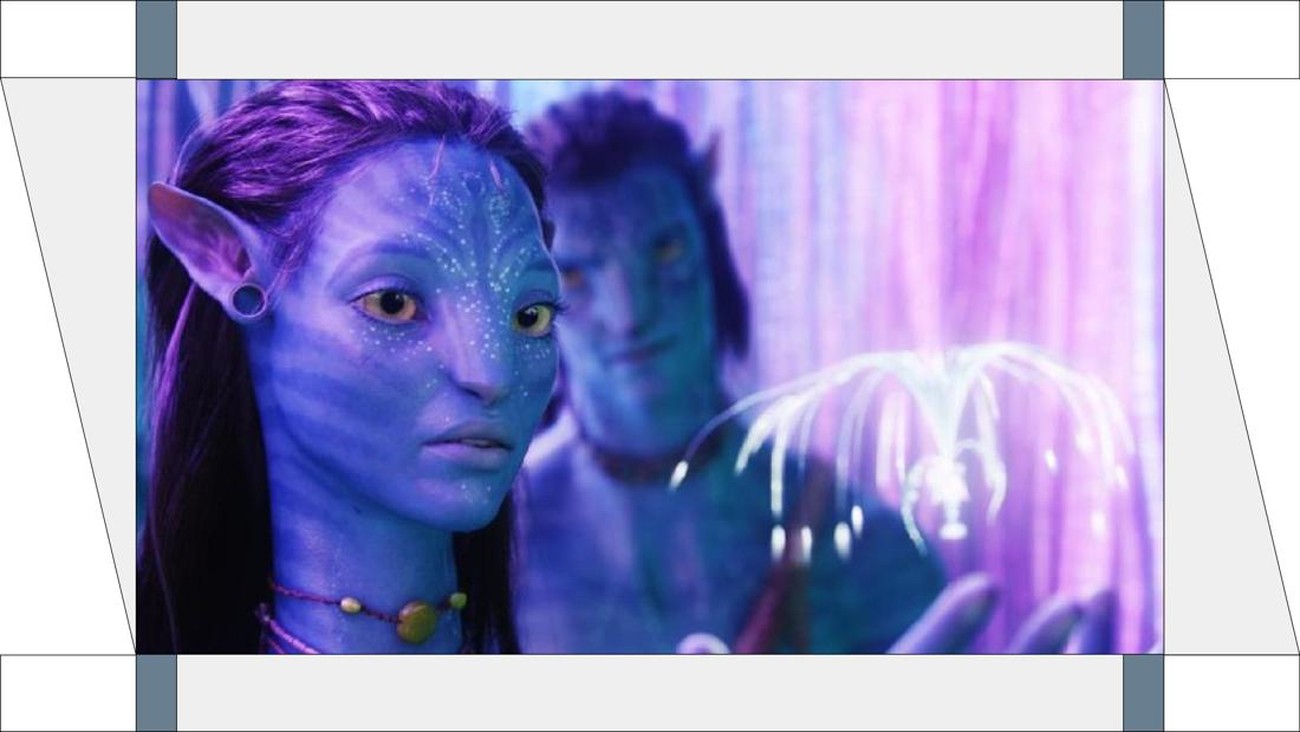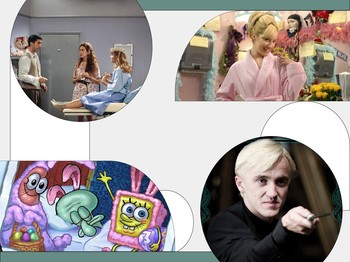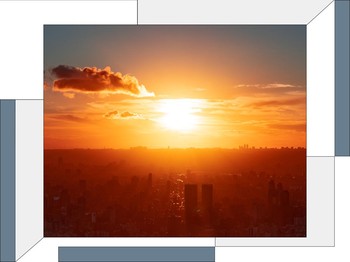Being human, we sometimes pride ourselves on having a moral consciousness and intellectual capability, which by default can differentiate right from wrong, knowing that the human race is more superior than other living creatures. Have faith in humanity, they said. But what if humanity is not always as good as we project ourselves to be? With our pride and belief in humans soaring through the roof, sometimes it might get hard for us to reflect on the reality of humanity. Humans have each other to reflect on themselves; we are each other's mirror. We're able to know when we did something right when people praise us or knowing when we did something wrong when people correct our mistakes.
So, in which way can humanity find its reflection? Fiction may provide the answer. Fiction is a gateway to infinite possibilities of stories and scenarios. Some people find peace in enjoying fictional works of art, for it may give them the escape they need from the bleak reality they're facing. But on the contrary to popular belief, the stories depicted in fiction may be closer to reality than we think. Some of the best thought-provoking and reflective works of art are fiction. Not because they are entertaining to watch, but because they can convey a brutally honest message in the subtlest way possible through storytelling. The honesty they portray may even highlight the worst side of humanity. Here are some fictional works that will make you rethink and reflect the nature of humans.
Train to Busan (2016)
How do we reveal the worst side in humans? Put them in a zombie apocalypse, and you will see how far people are willing to go to save themselves. In this critically-acclaimed thriller movie, director Yeon Sang-ho delves deep into the best and worst sides of humans. During a zombie outbreak, a group of people was forced to stay inside during a train ride heading to Busan. There are two types of people on this train, the ones who find compassion to help one another and the ones who are selfish enough to sacrifice others to save themselves. At one point, we will see a wife losing her husband and a woman losing her sister because of one person's fear, judgment, and selfishness.
A Clockwork Orange (1971)
Adapted from the 1962 novel by the same name, A Clockwork Orange is a cult classic and often labeled as one of Stanley Kubrick's best accomplishments. A Clockwork Orange tells the story of a group of thugs who roam the streets at night to commit a series of "ultra-violence" crimes, from murder to rape. The leader of the group, Alex, was finally captured and thrown into a government facility to undergo a rehabilitation experiment to alter his psychological condition. With its graphic violence, this movie was considered controversial because it provoked the debate on violence and free will.
Avatar (2009)
Set in the mid 22nd century, this Oscar-winning science-fiction film tells the story of human colonization on a planet called Pandora to mine its valuable mineral, unobtanium. The expansion of the mining colony has threatened the existence of Pandora's native tribe, Na'vi. Avatar reflects the dark tendency of humans to conquer one another. This movie reflected the reality of exploitation practices done by states and corporations, which led to colonization and the exclusion of local communities.
The Purge (2013)
In the dystopian United States, a totalitarian party called the "New Founding Father of America has taken control of the government. After an economic collapse, they regulated a new law called the "Purge" which granted the citizens the ability to commit any crimes legally for 12 hours. For 12 hours, the country turns into chaos. Neighbors are murdering each other, high schoolers are terrorizing shop owners, and law enforcement will not interfere. And while the city burned, the rich and powerful were untouchable. The Purge triggers a discussion about violence, law, and morals in our society while also portraying the harsh reality of social and economic inequality.
All the movies above succeeded in highlighting the worst in humans. Not by giving us the perfect villains, but by creating multidimensional characters which make us question the distinction between right and wrong. Furthermore, it depicts the complexity of our society as it pictures what humans are capable of.
(ANL/MEL)





























